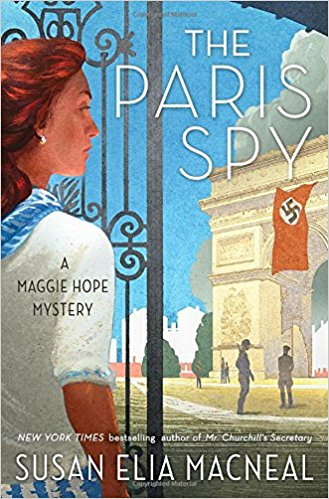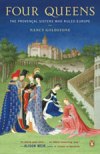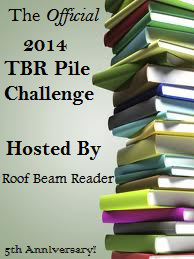 As I just posted my final list mere hours ago (eek), I confess I have not yet read one book.
As I just posted my final list mere hours ago (eek), I confess I have not yet read one book.
Instead, here are a few fun facts about my TBR Challenge choices:
Longest TBR time: Midnight in the Garden of Good and Evil by John Berendt
20 years!
(Oops! I bought this as a hardcover when it was new … back in 1994.)
Shortest TBR time: The Marriage Plot by Jeffrey Eugenides
(I should clarify and say “shortest time allowed for this challenge” and its two-year minimum. I do have newer books piling up, sigh.)
Reread in my TBR: The Brontës by Rebecca Fraser
(Loved this and saved it. Have been meaning to reread for years.)
Most excited to read: Arabian Nights & Days by Naguib Mahfouz
(I’d forgotten I had this! It’s said to be a whimsical sequel to A Thousand and One Nights set in medieval Arabia. The cover is beautiful!)
Least excited to read: Water for Elephants by Sara Gruen
(I should have read this when it was a fad and could partake in the dialogue. Feels passé.)
Jane Austen inspired: The Mysteries of Udolpho by Ann Radcliffe
(I have been wanting to read this ever since Austen spoofed it in Northanger Abbey.)
Melville & Homer inspired: The Nautical Chart by Arturo Pérez-Reverte
(Pérez-Reverte is the master of literary thrillers. Seriously, his novels are cerebral page-turners. This book is a sea-faring adventure which pays homage to Moby Dick and The Odyssey.)
Most curious about: Winter’s Tale by Mark Helprin
(Each of his books is completely different from the last! Also the movie is coming out in February.)
Gift book: The Book Thief by Markus Zusak
(My niece gave me her copy as a “must read.” I had just read a spate of Nazi/WWII books, so she told me to wait to read it so the story could have its own resonance.)
Movie inspired read: A Very Long Engagement by Sébastien Japrisot
(I bought this because I’ve heard so many wonderful things about the movie and the book. Also, Japrisot is often referred to as the French Graham Greene, who was known for his adaptations and film work.)
Most intimidating book: Nightwoods by Charles Frazier
(Cold Mountain is one of the best books I’ve ever read, but it was an intense, grisly, visceral read. I’ve heard that Nightwoods very dark … and, for me, dark books are so much harder than dark movies.)
Most embarrassed it’s still in TBR: The Lacuna by Barbara Kingsolver
(I can’t believe I haven’t read this. I’ve put this in my “Now Reading” slot on my blog. I had it on my nightstand last winter for months. This is the “lacuna” of my reading list. OK, bad pun.)
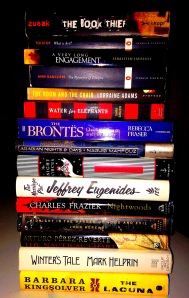 Most Topical read: The Room and The Chair by Lorraine Adams
Most Topical read: The Room and The Chair by Lorraine Adams
(Written by a Pulitzer Prize winning investigative reporter, this smart thriller takes place in Washington D.C. and in Afghanistan.)
Signed copy: The Night Circus by Erin Morgenstern
(That’s one reason I have held back. It seems like such a nice keepsake.)
Souvenir: What is Art? by Leo Tolstoy
(I bought this after visiting the Hermitage, the Tretyakov, and the Pushkin museums in Russia. It was an art extravaganza! Those museums are unreal.)
I will link reviews of the books as I read them at 2014 TBR Pile Challenge.
Like Word Hits On Facebook
Follow @WordHits on Twitter
Read Full Post »
 Status: 7 of 12 read
Status: 7 of 12 read
 I was surprised at how much I laughed reading The Marriage Plot by Jeffrey Eugenides. At least the first part, which lampoons life as an English major at Brown, had me in stitches. Jeffrey Eugenides (who studied English there in the early 1980s) pokes fun at the “hard-up blinky people” poring over Beowulf or Restoration drama in favor of proto-hipsters in black jeans who had discovered “the new imperium of Derrida.”
I was surprised at how much I laughed reading The Marriage Plot by Jeffrey Eugenides. At least the first part, which lampoons life as an English major at Brown, had me in stitches. Jeffrey Eugenides (who studied English there in the early 1980s) pokes fun at the “hard-up blinky people” poring over Beowulf or Restoration drama in favor of proto-hipsters in black jeans who had discovered “the new imperium of Derrida.”
 Some children are afraid of clowns, I was afraid of magicians.
Some children are afraid of clowns, I was afraid of magicians.
 I greatly enjoyed A Very Long Engagement by Sébastien Japrisot, but for me it was a bit of a bait-and-switch book. It starts off very much like a suspense novel, with tension and mounting dread. I found myself completely riveted by the first chapter in which French soldiers are marching through one of the First World War’s infamous trenches.
I greatly enjoyed A Very Long Engagement by Sébastien Japrisot, but for me it was a bit of a bait-and-switch book. It starts off very much like a suspense novel, with tension and mounting dread. I found myself completely riveted by the first chapter in which French soldiers are marching through one of the First World War’s infamous trenches.




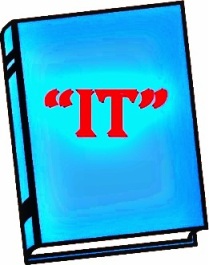 What happens when you don’t like the “it” book? For years, people have raved about Winter’s Tale by Mark Helprin—it’s one of those cult books. I just read it for the
What happens when you don’t like the “it” book? For years, people have raved about Winter’s Tale by Mark Helprin—it’s one of those cult books. I just read it for the 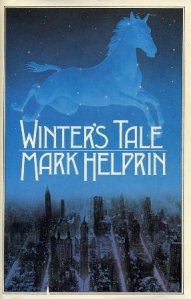 Back to Winter’s Tale: it moved slowly and felt rather inaccessible. When, in a moment of melodrama, the hero and heroine first kiss … I laughed. I am actually an inveterate shipper, so this was a red flag for me. I did love the horse, though.
Back to Winter’s Tale: it moved slowly and felt rather inaccessible. When, in a moment of melodrama, the hero and heroine first kiss … I laughed. I am actually an inveterate shipper, so this was a red flag for me. I did love the horse, though. We are now two months into the
We are now two months into the 


